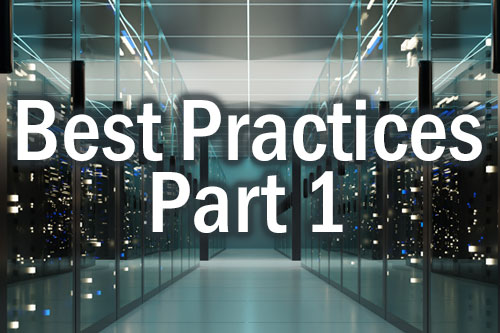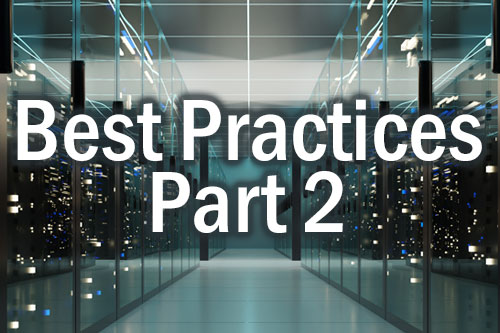Are your data center customers still installing single servers and storage devices instead of full-rack solutions? If so, they need to step up their game. Today, IT infrastructure management is shifting toward rack scale integrations. Increasingly, the rack is the unit.
A rack scale solution can include just about any standard data center component. A typical build combines servers, storage devices, network switches and other rack products like power-management and cooling systems. Some racks are loaded with the same type of servers, making optimization and maintenance easier.
With many organizations developing and deploying resource-intensive AI-enabled applications, opting for fully integrated turnkey solutions that help them become more productive faster makes sense. Supermicro is at the vanguard of this movement.
The Supermicro team is ready and well-equipped to design, assemble, test, configure and deploy rack scale solutions. These solutions are ideal for modern datacenter workloads, including AI, deep learning, big data and vSAN.
Why rack scale?
Rack scale solutions let your customers bypass the design, construction and testing of individual servers. Instead of spending precious time and money building, integrating and troubleshooting IT infrastructure, rack scale and cluster-level solutions arrive preconfigured and ready to run.
Supermicro advertises plug-and-play designs. That means your customers need only plug in and connect to their networks, power and optional liquid cooling. After that, it’s all about getting more productivity faster.
Deploying rack scale solutions could enable your customers to reduce or redeploy IT staff, help them optimize their multicloud deployments, and lower their environmental impact and operating costs.
Supermicro + AMD processors = lower costs
Every organization wants to save time and money. Your customers may also need to adhere to stringent environmental, social and governance (ESG) policies to reduce power consumption and battle climate change.
Opting for AMD silicon helps increase efficiency and lower costs. Supermicro’s rack scale solutions feature 4th generation AMD EPYC server processors. These CPUs are designed to shrink rack space and reduce power consumption in your customers’ data center.
AMD says its EPYC-series processors can:
- Run resource-intensive workloads with fewer servers
- Reduce operational and energy costs
- Free up precious data center space and power, then re-allocate this capacity for new workloads and services
Combined with a liquid-cooling system, Supermicro’s AMD-powered rack scale solutions can help reduce your customer’s IT operating expenses by more than 40%.
More than just the hardware
The right rack scale solution is about more than just hardware. Your customers also need a well-designed, fully integrated solution that has been tested and certified before it leaves the factory.
Supermicro provides value-added services beyond individual components to create a rack scale solution greater than the sum of its parts.
You and your customers can collaborate with Supermicro product managers to determine the best platform and components. That includes selecting optimum power supplies and assessing network topology architecture and switches.
From there, Supermicro will optimize server, storage and switch placement at rack scale. Experienced hardware and software engineers will design, build and test the system. They’ll also install mission-critical software benchmarked to your customer’s requirements.
Finally, Supermicro performs strenuous burn-in tests and delivers thoroughly tested L12 clusters to your customer’s chosen site. It’s a one-stop shop that empowers your customers to maximize productivity from day one.
Do more:
- Check out the AMD-Supermicro infographic: Do more with less – evolve your data center












